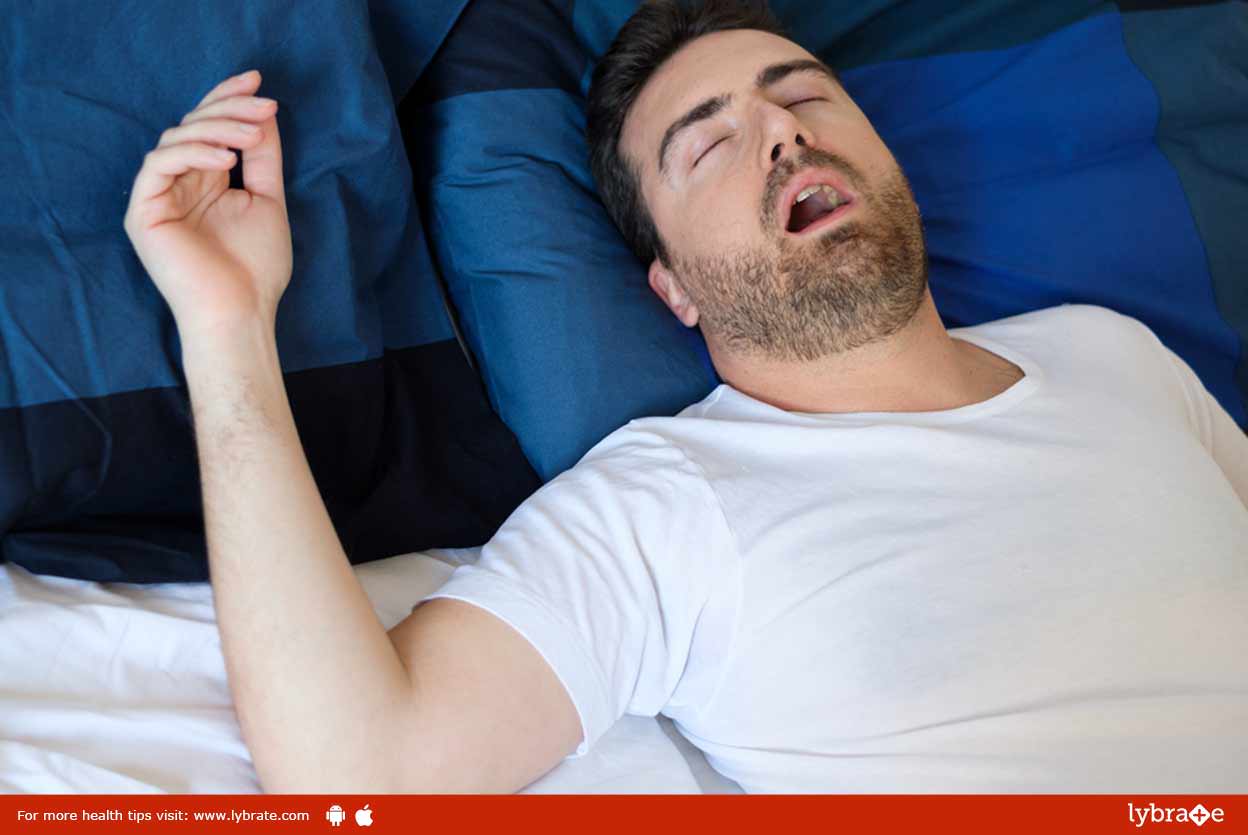By Dr. Premendra Goyal , Dentistry
A good night’s sleep is the solution to many health issues but it isn’t always easy to get this sleep. Sleep apnea is one of the reasons for this. This is characterized by the interruption of a person’s breathing while sleeping. When you are unable to breathe, you may wake up with a choking sensation. Your sleep will also not be restful as it should be and you may wake up feeling tired instead of refreshed. Not being able to breathe properly while you are asleep restricts the amount of oxygen reaching the brain and other internal organs. If not addressed in time, this can be fatal.
There are two types of sleep apnea. Obstructive sleep apnea is the more common type of sleep apnea and is caused by a blockage in the airway such as collapsed soft tissue in the throat. Central sleep apnea is caused by an unstable respiratory control center. This is relatively rare. Snoring is one the most common symptoms associated with sleep apnea. Other symptoms include headaches in the morning, lack of energy during the day, mood changes and dry mouth.
Dentists are usually the first to diagnose obstructive sleep apnea as they interact the most with a patient and his or her mouth and throat. However, to confirm a diagnosis, patients are usually referred to a sleep specialist.
Treatment for sleep apnea varies from case to case. For mild cases of sleep apnea, lifestyle changes may be enough to correct the situation. These may include changing the position you sleep in, losing weight and quitting smoking. In some cases, the patient may need to wear a dental device while sleeping. This ensures that the airways are kept open by repositioning the tongue and jaw. For severe cases of sleep apnea, the patient may need a CPAP or continuous positive airway pressure system. This is a device that keeps the airways open while the person is asleep by applying continuous air pressure.
Oral appliances to treat sleep apnea need to be custom made and fitted to your jaw. This is done by taking an impression of your teeth and using it to create a mould. The final device will be made according to this mould. This maximizes the comfort and effectiveness of the device. Over time, the device may need to be further adjusted. For this, it is essential for you to get your condition assessed routinely.








































